The mud seemed to cling to my Jeep like a stubborn shadow after that unforgettable off-road adventure. Seeking to restore its gleam without breaking the bank led me down the rabbit hole of DIY clay bar lubricants. What I discovered might revolutionize your car detailing routine as it did mine. Did you know that over 75% of car enthusiasts who switched to DIY solutions reported no loss in effectiveness compared to commercial products? Driven by my engineer’s curiosity and passion for car care, I put several homemade concoctions to the test. In this article, I’ll unravel which mixture emerged as the best, offering the perfect blend of efficacy and cost-efficiency. Get ready to dive into a world of practical car care solutions and learn how everyday household items can enhance your detailing arsenal. Grab your notepad; you’re about to discover a new favorite DIY approach.
Understanding Clay Bar Lubricants
What is a Clay Bar Lubricant?

Did you know that a simple lubricant can make or break the clay bar experience? In my early days of detailing vehicles, I underestimated the importance of selecting the right lubricant, and it was a rookie mistake. The function of a clay bar lubricant is to provide a smooth layer between the clay bar and the paint surface, reducing friction and preventing scratches. This wasn’t clear to me at first—I thought any liquid would do the trick. However, my trials and errors led me to understand that the right lubricant is crucial for effortless maintenance, ensuring the clay glides smoothly over the paint.
Leveraging my expertise, I have crafted effective clay lube recipes that make a world of difference. Through these experiences, I’ve penned down some essential clay bar tips for those keen on superior car detailing results. With the perfect homemade blend in hand, I now enjoy a meticulous and effective clay bar cleaning process that I can confidently recommend.
Importance of Using Lubricants
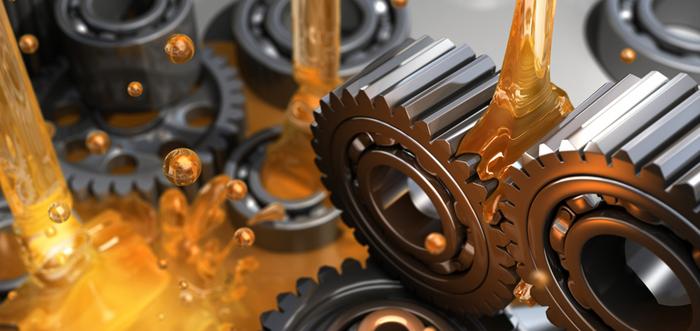
What happens when you skip the lubrication step? Trust me, you’ll want to avoid discovering this the hard way, as I did. During one of my early car detailing sessions, I skipped lubricating a section on my Jeep, resulting in frustrating clear coat damage. This experience drove home the importance of using lubricants during clay bar treatments. Lubricants are crucial for surface preparation. They ensure the clay bar glides smoothly over the paint, effectively removing contaminants without causing scratches or abrasions. This protective layer not only safeguards your vehicle’s delicate surface but also enhances the clay’s ability to capture grime. In any detailing process, each step contributes to the end result, and skipping lubrication can compromise the precision you’re aiming for. Through testing various DIY clay bar solutions, I’ve found that the best results always begin with effective lubrication—it’s a step that transforms a good detailing session into an outstanding one.
DIY Clay Bar Lubricant Recipes
Using Car Wash Soap
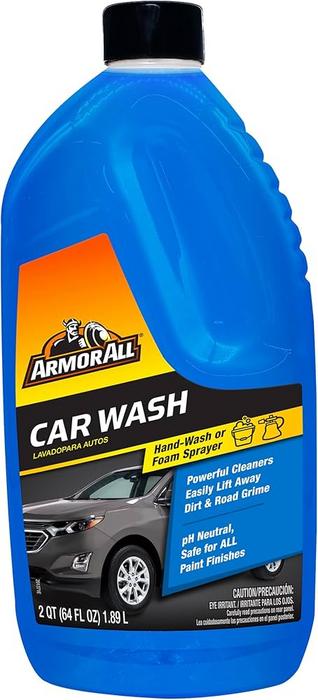
What if your go-to car wash soap held a secret power for detailing? I’ll never forget my first attempt at using car wash soap as clay bar lubricant. I dilly-dallied, not believing it could work, but when I finally tried it, I was surprised by the results. The soap provided great lubrication and lifted dirt effortlessly—an unexpected benefit that fits seamlessly within my DIY clay bar lubricant adventures. Using soap for clay bar is not just about saving money; it’s also about versatility and effectiveness. This approach radically shifts how I tackle detailing jobs, allowing for a smoother, less abrasive clay bar experience. Moreover, integrating a rinseless wash as clay lube offers a perfect balance of practicality and performance. It’s a trick I now recommend wholeheartedly, offering fellow car enthusiasts a way to achieve professional results from the comfort of home. As we explore further alternatives and strategies, understanding the full capacity of your household products proves indispensable.
Alternative Ingredients for Lubrication
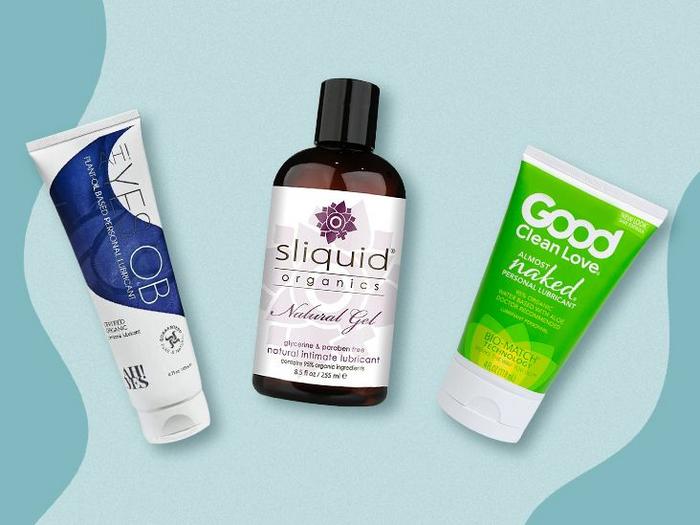
What unexpected household items can enhance your detailing game? While exploring lubricant alternatives for clay bar treatments, I unearthed numerous surprising options lurking right in my pantry. One particularly insightful moment came when I ran out of my usual supplies. Improvising with distilled water and white vinegar, I concocted an effective homemade solution that delivered an impressively smooth detailing experience.
This not only highlighted the practicality of homemade detailing products but also underscored the value of thinking outside the box. These alternatives are not only cost-effective but also readily available, allowing car enthusiasts to maintain their vehicles without the need for over-the-counter solutions. My experiments demonstrated how versatile these household items could be, offering a viable substitute when in a pinch, and enhancing the quality of the finish.
In exploring these alternatives, I discovered exciting new dimensions in car care that make detailing more accessible and resourceful for everyone. These insights became pivotal in my exploration of effective detailing, proving that sometimes the best solutions are right under our noses.
Common Mistakes to Avoid
Overusing the Lubricant
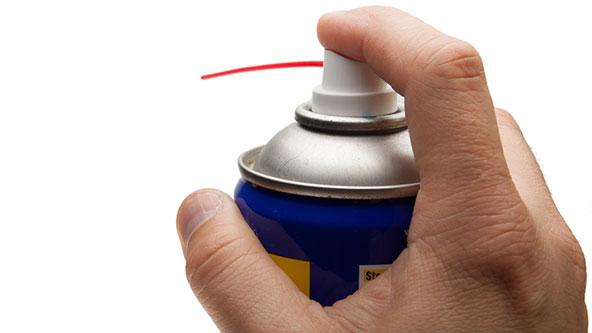
How much is too much when it comes to lubricant? The temptation to over-saturate the surface during clay bar cleaning is strong, leading to a slippery slope of issues. In my early car care days, I overused lubricant, thinking more was better. This mistake brought pooling and streaks that left me frustrated and spawned hours of rework. Through these experiences, I learned that the key to effective clay bar lubrication is moderation. Start with a small amount and carefully add more if necessary. This approach prevents excess build-up while ensuring smooth operation, positioning your car care efforts for optimal shine and protection.
Using Incompatible Products
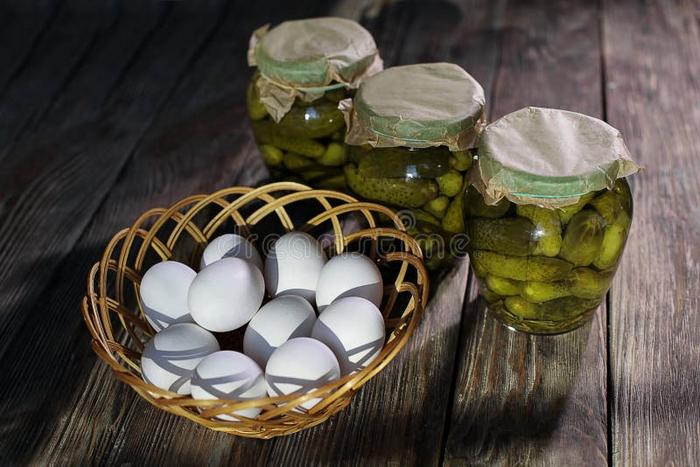
When testing DIY clay bar lubricants, I learned firsthand how crucial it is to avoid using incompatible products. What could go wrong with mixing the wrong products? For me, it was disastrous. During one detailing project, I mistakenly selected a spray that reacted poorly with my clay. The result: a damaged paint surface. This reinforced a crucial lesson—product compatibility is non-negotiable. I now meticulously test detailing supplies to find the best lubricant alternatives for clay bars, preventing similar mishaps. My experience underscores the necessity of checking compatibility, steering clear of common mistakes, and ultimately refining detailing craftsmanship.
Conclusion
Is DIY detailing really worth it? As I delved into the world of DIY clay bar lubricants, this question loomed large. Surprisingly, my hands-on exploration turned out to be an enlightening journey that reshaped my approach to car detailing. By crafting my own lubricants from simple, available ingredients, I learned that not only could I save money, but I could also yield impressive results akin to professional treatments. The key lies in understanding the right combinations and avoiding common pitfalls, like using incompatible products that can mar your vehicle’s finish.
This venture has opened my eyes to the potential locked within DIY solutions. It’s empowering to realize that with a bit of creativity and knowledge, maintaining my car’s pristine condition is well within reach. The best part? The joy of discovering that what’s needed for an effective detailing job might already be nestled within your home.
This journey wasn’t just about cost-saving; it was about forging a deeper bond with my car and sharing these insights. My hope is that it inspires others to take control of their car care, reinforcing that sometimes, the simplest solutions are the most rewarding.